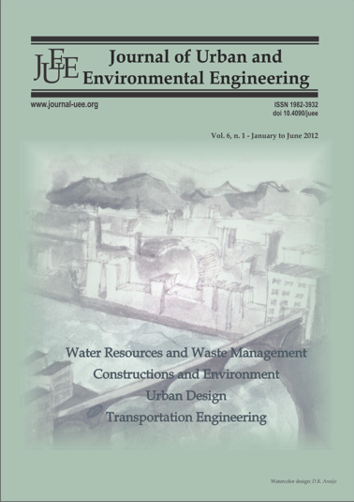THE INTEGRATED WRF/URBAN MODELING SYSTEM AND ITS APPLICATION TO MONITORING URBAN HEAT ISLAND IN JAKARTA-INDONESIA <a href="http://dx.doi.org/10.4090/juee.2012.v6n1.001009">(doi: 10.4090/juee.2012.v6n1.001009)</a>
DOI:
https://doi.org/10.4090/juee.2012.v6n1.%25pKeywords:
Urbanization, Urban Heat Island, Weather Research and ForecastingAbstract
Population growth and urbanization will impact on city development through constructions of buildings, parking lots, streets, highways and driveways. These changes lead to the Urban Heat Island (UHI), which is an important factor for future urban planning. In this context, mesoscale climate models such as the Weather Research and Forecasting (WRF) model are useful for studying the potential deficit in open green areas. The analysis of remote sensing images can provide input data indispensable to such climate model studies. In this work, we analyze the land use/land cover information inside and around the city of Jakarta, Indonesia, to study how the land use (LU) change affects UHI that is characterized by the highest surface air temperature (Ta) of 306 K. It is found that LU modification with the addition of 25% urban area will expand the UHI area by around 43 km2 (5%). On the contrary, with the addition of 58, 95 and 440% vegetation (grassland) in the urban area, the UHI area is reduced significantly, which are 255 km2 (48%), 289 km2 (54%) and 466 km2 (88%), respectively. This indicates that the addition of more area with open green coverage results in more reduction of UHI area. The quantitative features of this relationship will be useful for urban planners to control the UHI effects that might degrade the living conditions in this megacity.Downloads
Download data is not yet available.
Downloads
Published
2012-06-29
Issue
Section
Articles




